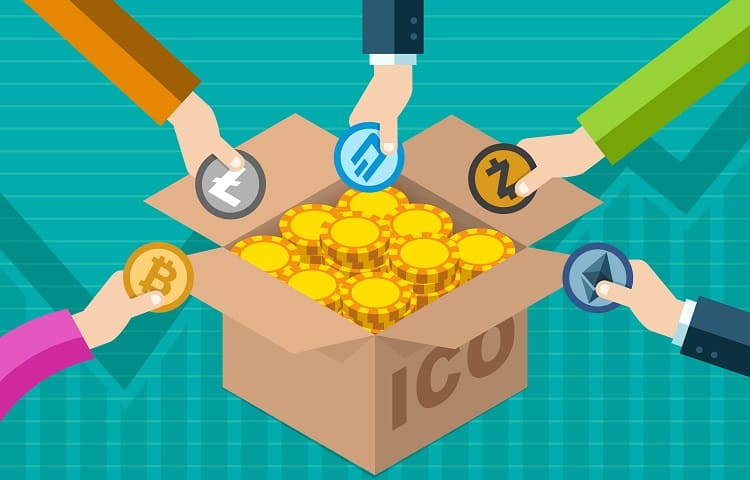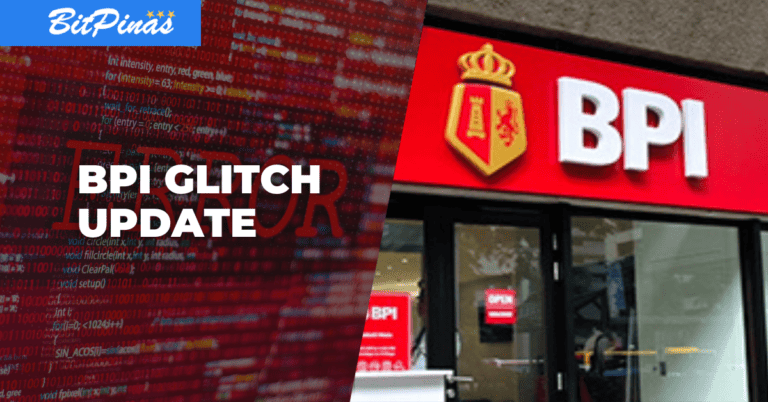Research Shows ICO Funding Doubles in 2018 vs. Previous Year
The research also gives some reasons why ICOs have increased in 2018 despite the downturn in cryptocurrency prices.

Initial Coin Offering (ICO) activities have generated $13.7 billion in 2018 according to a new research by PwC Strategy.
The research, which was conducted together with Crypto Valley and researchers around the world, said that the number – $13.7 billion – is an amount higher than what all previous ICOs have secured in 2017.
Investors, who already held large sums of bitcoin and ether, are the people where the vast majority of funds came from. Bitcoin and ether are usually the tokens being exchanged for the tokens being sold in ICOs.
While more than half of ICOs that launched in 2017 have failed, research suggests that the ICO market today has improved. Institutional investors are now participating in token sales and more of these projects have improved their legal aspects and token economics.
EOS, a blockchain project that ran a year-long ICO has raised around $4 billion, making it the largest initial coin offering in history. The Telegram ICO from the makers of the popular messaging app has raised $1.7 billion. Excluding both of these token sales still puts the ICO-secured funds for 2018 to still be higher than 2017.
Initial Coin Offering is an alternative process of securing funds for projects without going to the usual funding activities, like through initial public offerings (IPO) and angel investors.
In the Philippines, Initial Coin Offerings are not allowed if they are not registered with the Securities and Exchange Commission (Read: SEC Releases Official Advisory on Initial Coin Offerings (ICO). Many companies ensure that their tokens are utility coins and not security coins. In general terms, security coins are tokens whose purpose is to store and appreciate in value. On the other hand, utility coins are tokens with specific use cases, such as for paying goods or redeeming rewards.
Sources: Wall Street Journal, Cointelegraph
![[ALERT] AQWIRE Alerts its Community About an Email Phishing Scam 2 [ALERT] AQWIRE Alerts its Community About an Email Phishing Scam](https://bitpinas.com/wp-content/uploads/2018/02/coincheck-hackers-3.png)




